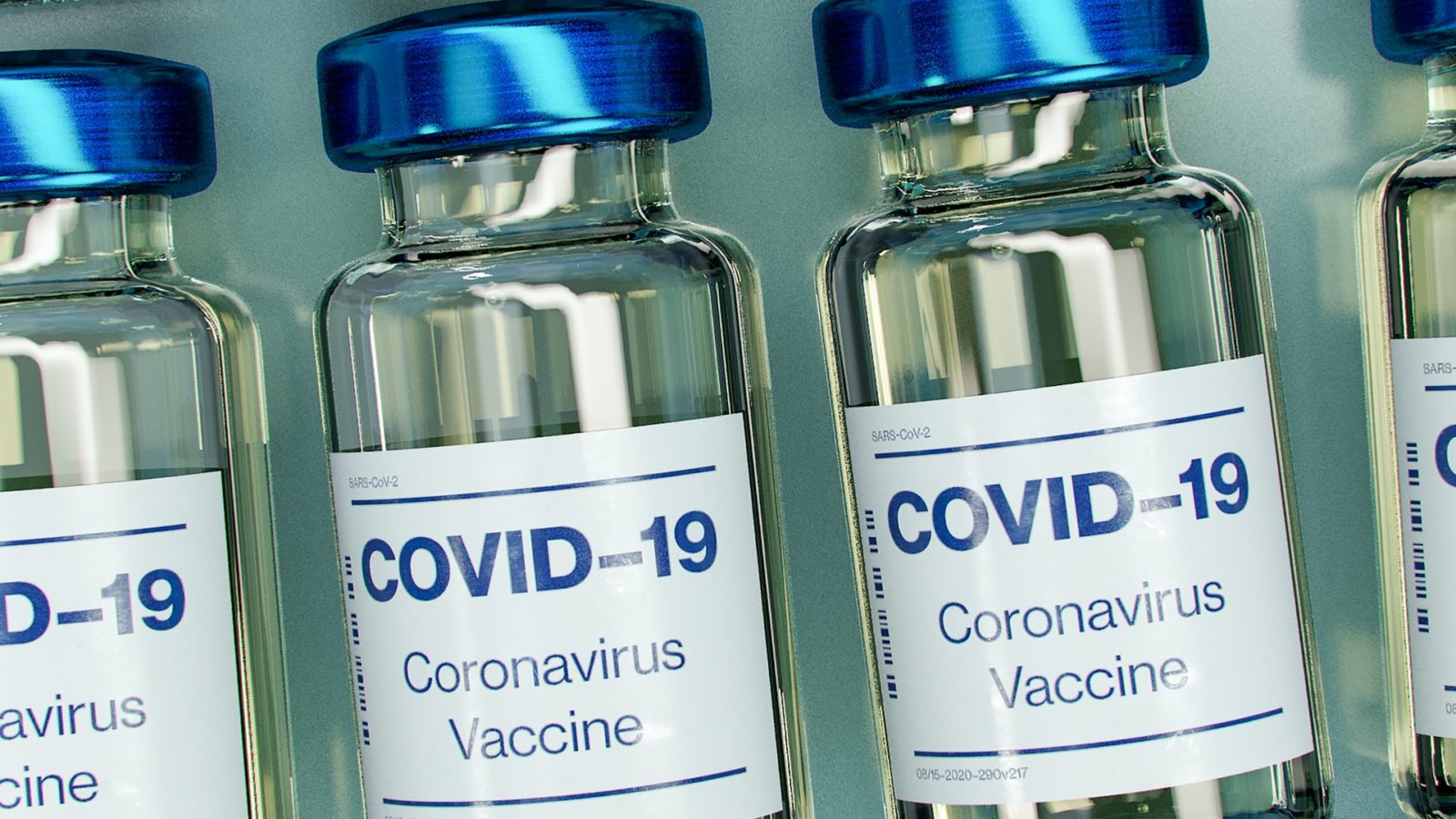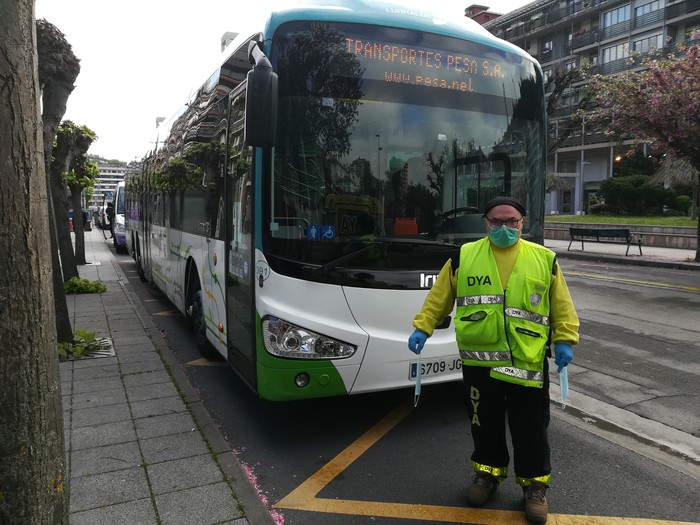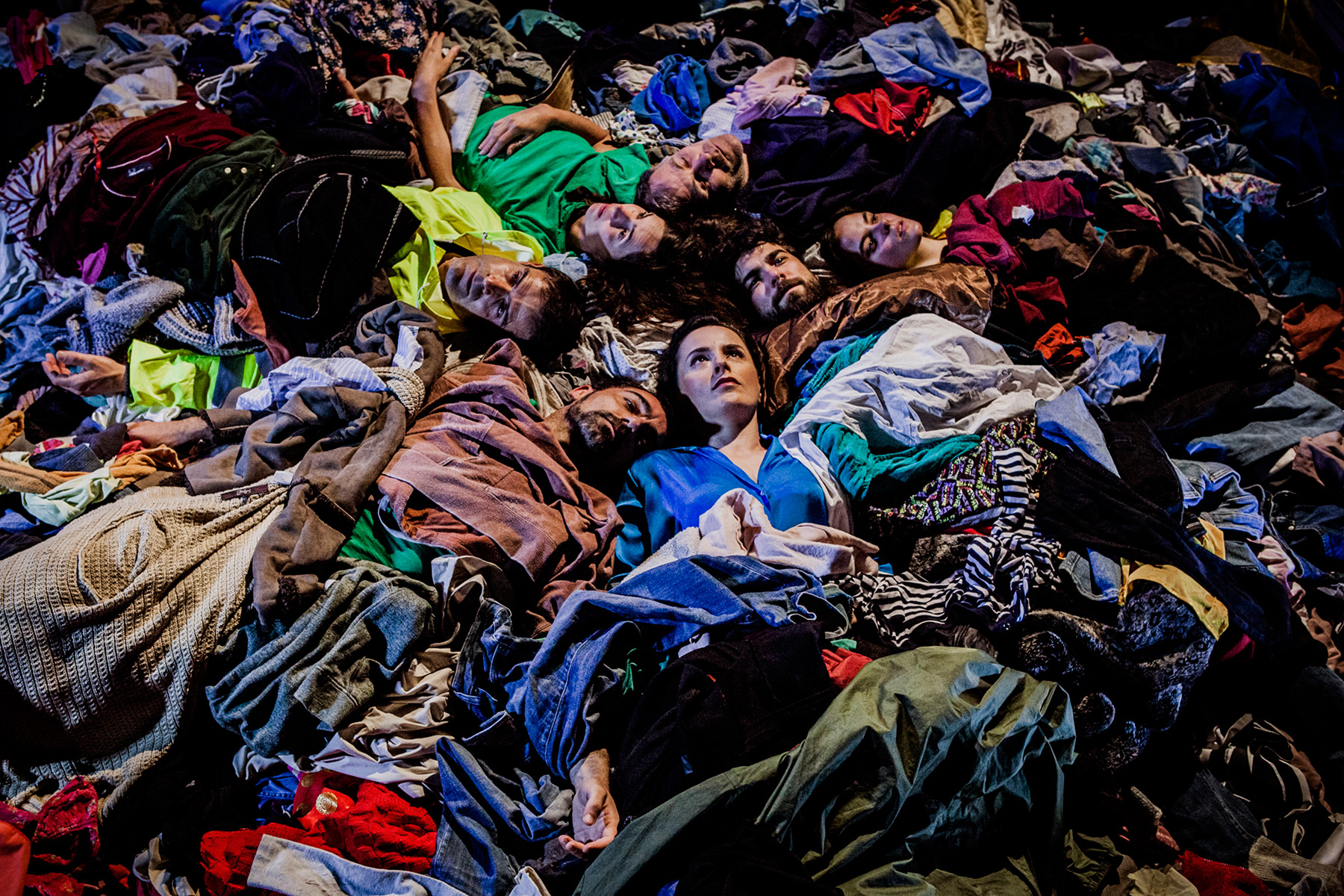Is the mask effective in protecting yourself from viruses?
- Or in other words, can you catch the lentils with an olive collection network? The answer to these two questions, without nuances, is no, they escape the filter holes.

It's a matter of size. It's a question between the size of what you want to filter and the diameter of the filter holes. Conventional viruses are about 100 nanometers (nm) in size. A nanometer is a million millimeters, you can only see it with the electron microscope. The coronavirus measures between 100 and 160 nm, similar to the size of the different influenza viruses.
Bacteria measure between 500 and 8,000 nm: between 5 and 80 times larger than viruses. You can see them with the normal, optical microscope. Fine particles of industrial contamination measure 2,500 nm, 25 times larger than a virus. Coarse contaminating particles (pollen, powder) measure up to 10,000 nm: 100 times thicker than a virus. They're seen through a strong magnifying glass.
Perhaps the inhabitants of several Asian countries have surrendered and instead of protesting against the infamous contamination of their vital spaces, they massively put face masks in order to filter some contamination before it is inhaled. But no virus.
There are very few studies on the efficacy of using face masks to control the spread of epidemics. However, without clear evidence of its effectiveness, the trend towards its use is spreading.
Studies on the effectiveness of masks are indisputable: conventional masks, fabric masks, serum masks, cotton masks, etc. They let up about 90 percent of the viral particles, because their pores are too big for them.
N95 thin-pore masks filter 95% of the air particles, but not as small as viruses, as they filter over 550 nm of particles. FFP2 and FFP3 masks according to European standards are more effective in preventing the passage of viral particles.
But N95 and FFP masks have two problems. One, for universal use, its price is economically unacceptable, and two, provoke side effects such as headaches, respiratory distress and sensation of claustrophobia that prevent its prolonged use. They cannot be used in case of basic heart or respiratory problems. Many of these masks have a respiratory valve that allows them to breathe better, so they do not protect other people from their own viruses.
Among the few studies on the effectiveness of face masks, the following stand out:
1.Un A study conducted with nine influenza infected patients (Johnson 2009) showed that normal and N95-type face masks were effective in not passing the flu virus while patients were coughing. A doctor who had trained in the placement of face masks handled them carefully. Please note: it is important that the mask should be worn well and it is easy for children to wear the half-hanging mask. The investigation was carried out with the influenza virus a in the area.
2nd But in a recent study (Bae 2020), four people infected with COVID-19 started to cough up against virus growth plates (petri dishes). The result has been that when coughing there are no significant differences with a mask, surgical mask or cotton mask. In addition, there was more contamination on the external surface of the mask, the most affected, than inside. In short, surgical and cotton masks seem ineffective so that COVID-19 patients do not spread the virus to the face and outside of the mask.
3. Other studies (Lee 2008, Oberg 2008) show that N95 masks and surgical masks allow viral particles to pass easily.
4.Un Australian study (MacIntyre 2015) found in hundreds of health professionals that two-layer fabric masks and three-layer medical masks had passed 97% and 44% of the particles, respectively. According to the authors, the results warn of the risks of using fabric masks: "Moisture retention, reuse of fabric masks and lack of filtration can increase the risk of infection. More studies are needed around the world to recommend the general use of fabric masks."
The European Centre for Disease Control (ECDC 2020) is not a clear indicator of the compulsory use of masks or not, and in a single reference to children has warned that "there are population groups (e.g. children) or people with chronic respiratory disease do not accept masks well".
The World Health Organization (WHO 2020) recommends wearing a face mask (without specifying the type of face mask), only if you are caring for a COVID-19 patient or if you are sick or have a cough, and warns that they are only effective if combined with frequent hand washing.
WHO literal phrase of 6 April 2020: "The use of masks (both medical and non-medical) by healthy people in a community environment, including the universal use of masks in a community, does not prevent the transmission of respiratory viruses, including COVID-19."
Are the children, in general, and those who are going out on the street, caring for the sick with COVID-19? Are the children coming out sick with coronavirus?
In the latter case, in case of fever and cough, it is not prudent to go to the streets: they have to consult the pediatrician. Children who go out to the streets do not meet any of the requirements established by the WHO for wearing face masks.
In any case, the use of the mask by the population is not effective and its placement may be harmful. There are no decisive studies recommending the mask to adults, let alone children. So please don't put your kids face masks.
Let the kids breathe in the open air.
José María Paricio is a Valencian pediatrician who has been in the public health system for 40 years and one of the references in the field of breastfeeding in the Spanish State.






















